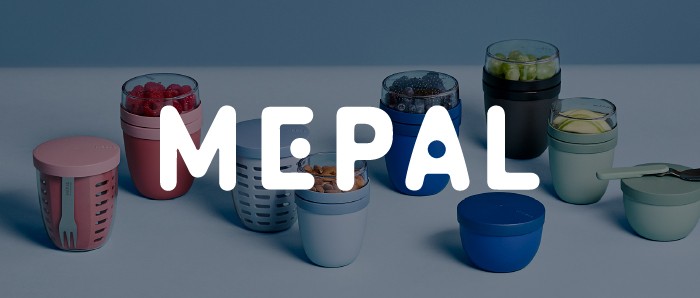
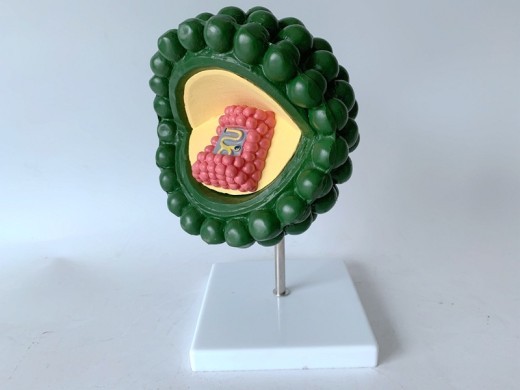

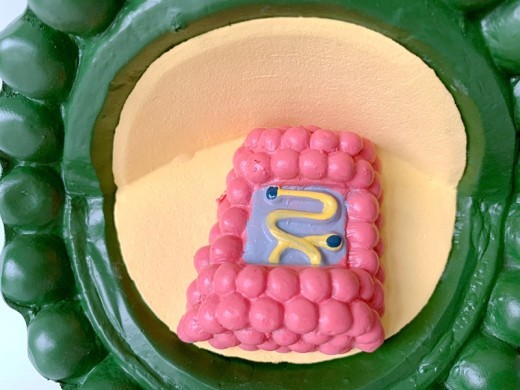

The Green Hiv Model Constructs a Human Model
Approx $73.27 USD
Introduction to the Green HIV Model: Constructs a Human Model
The Green HIV Model, a unique educational tool, is specifically designed to illustrate the structure of the HIV virus and its interactions with the human immune system. This model highlights how HIV infects immune cells, providing a visual aid for students, healthcare professionals, and educators studying infectious diseases, immunology, and virology. By constructing a realistic depiction of HIV’s anatomy and its effects on human cells, the Green HIV Model is an invaluable resource in classrooms, medical labs, and healthcare training programs across New Zealand. This model brings complex biological processes into a three-dimensional format, enhancing understanding of how HIV impacts human health.
H2: Key Features of the Green HIV Model
1. Realistic Depiction of HIV Structure
The model provides a detailed view of the HIV virus, showcasing key structural components such as the viral envelope, proteins, and genetic material. Each part is crafted to accurately reflect the anatomy of the virus, allowing students and professionals to examine HIV’s structure closely. This detailed representation is essential for understanding the mechanisms through which HIV infects human cells and how it evades the immune system.
2. Human Immune Cell Interaction
One of the primary features of the Green HIV Model is its focus on the virus’s interaction with human immune cells, particularly CD4+ T-cells. The model demonstrates how HIV binds to these immune cells, enters them, and uses the host’s cellular machinery to replicate. This visual depiction of viral entry and infection pathways aids learners in comprehending the step-by-step process of HIV infection, which is vital for understanding how the immune system responds.
3. Durable and High-Quality Materials
Constructed from premium, non-toxic materials, the model is designed for frequent use in educational and clinical environments. Its durable build ensures that it withstands regular handling, making it ideal for anatomy classrooms, healthcare training centers, and infectious disease research labs. This quality ensures a lasting resource that can support ongoing education about HIV and its effects on the human body.
4. Color-Coded Components for Easy Identification
To make learning easier, the model includes color-coded sections to help identify important structures within the HIV virus and human immune cells. For example, the viral envelope, capsid, and RNA are color-coded to aid in distinguishing each part, while human cell receptors and binding sites are highlighted. This color-coding makes complex biological structures more accessible, helping visual learners understand the functions of each component.
5. Cross-Sectional View for In-Depth Study
The model often includes a cross-sectional design, allowing users to see inside the virus and examine its genetic material, protein structures, and replication components. This cross-sectional view provides an in-depth look at the HIV virus and the infection process, offering insight into viral mechanisms and pathways involved in HIV’s impact on immune cells. This feature is particularly useful in advanced studies of infectious diseases and virology.
6. Compact and Display-Ready Design
The Green HIV Model’s compact and display-friendly design makes it easy to use in various educational and clinical settings. It can be placed on desks, shelves, or demonstration areas without taking up too much space, and the stable base keeps it secure during demonstrations. This versatility allows it to be easily integrated into classrooms, clinics, and research labs across New Zealand.
H2: Why Choose the Green HIV Model?
1. Essential for Virology and Infectious Disease Education
The Green HIV Model is an essential resource for teaching virology, particularly for understanding HIV’s structure, infection mechanisms, and immune evasion strategies. For students and healthcare professionals, the model bridges theoretical knowledge with visual, hands-on understanding, making complex virology concepts more accessible.
2. Ideal for Immunology and HIV Research Training
This model is valuable for immunology and infectious disease training programs, where it can illustrate how HIV impacts immune cells and compromises immune function. Trainers can use the model to demonstrate HIV’s effect on the human immune system, helping students understand critical topics such as viral entry, replication, and the body’s immune response. For New Zealand’s healthcare training programs, this model supports a deeper understanding of HIV pathology.
3. Supports Visual and Kinesthetic Learning
The Green HIV Model caters to visual and kinesthetic learners by providing a three-dimensional representation of HIV’s structure and its effects on human cells. The color-coded sections enhance visual learning, while the physical model allows kinesthetic learners to interact directly with each component. This interactive approach helps students retain information about HIV’s anatomy and infection process.
4. Valuable for Exam Preparation and Clinical Assessments
For students preparing for exams or clinical assessments, this model serves as an invaluable study aid. Its detailed design and labeled components make it easy to review HIV structure and infection pathways, reinforcing critical knowledge for virology and immunology exams. This hands-on learning experience also benefits healthcare professionals preparing for practical assessments in infectious disease management.
5. Educational Display for Clinics and Classrooms
Beyond its educational function, the Green HIV Model serves as an informative display in clinics, classrooms, and infectious disease research labs. In clinical settings, it can be used to explain the HIV infection process to patients, enhancing their understanding of HIV health risks. For New Zealand educators and healthcare providers, this model offers a tangible way to discuss HIV prevention, transmission, and the importance of immune health.
H2: Maintenance and Care Tips for Your Green HIV Model
To keep your Green HIV Model in excellent condition, follow these care tips:
-
Dust Regularly: Use a soft, dry cloth or brush to dust the model, especially around color-coded areas and intricate
structures. Regular cleaning keeps the model looking sharp and prevents dirt buildup.
-
Avoid Excessive Sunlight: Display the model out of direct sunlight to prevent fading of colors over time. Indoor display
helps maintain its vibrant appearance and quality.
-
Handle with Care: Although durable, handle the model gently to avoid damaging delicate parts. Avoid pulling or twisting any
small structures, particularly around cell receptors and binding sites.
- Store Properly When Not in Use: When not on display, store the model in its original packaging or in a dust-free area to prevent potential damage. Proper storage helps extend the life of the model for long-term educational use.
Product Information:
Name: HIV Model
Material: Plastic
Type: Model
Diameter: About 16cm
Applicable object: General
Category: Mannequin
Color: Green





The product may be provided by a different brand of comparable quality.
The actual product may vary slightly from the image shown.

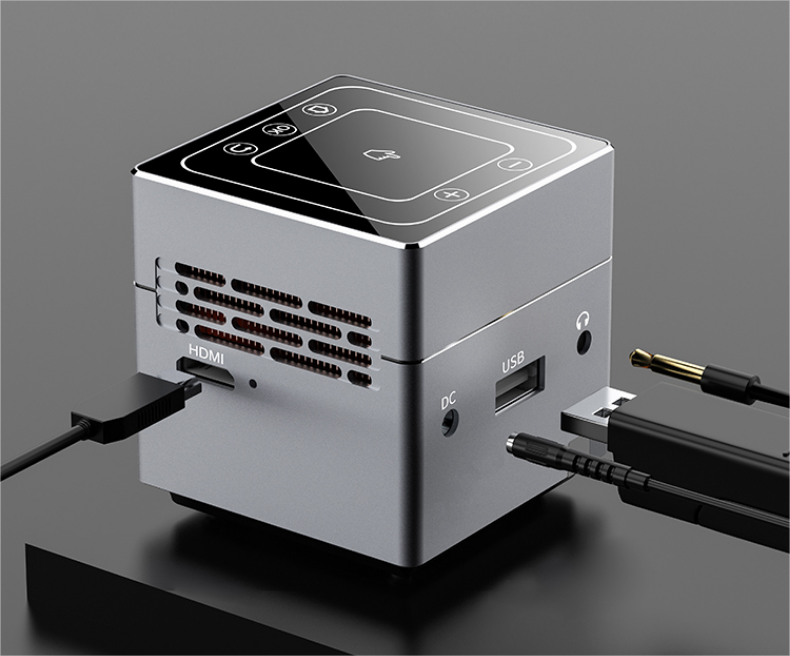
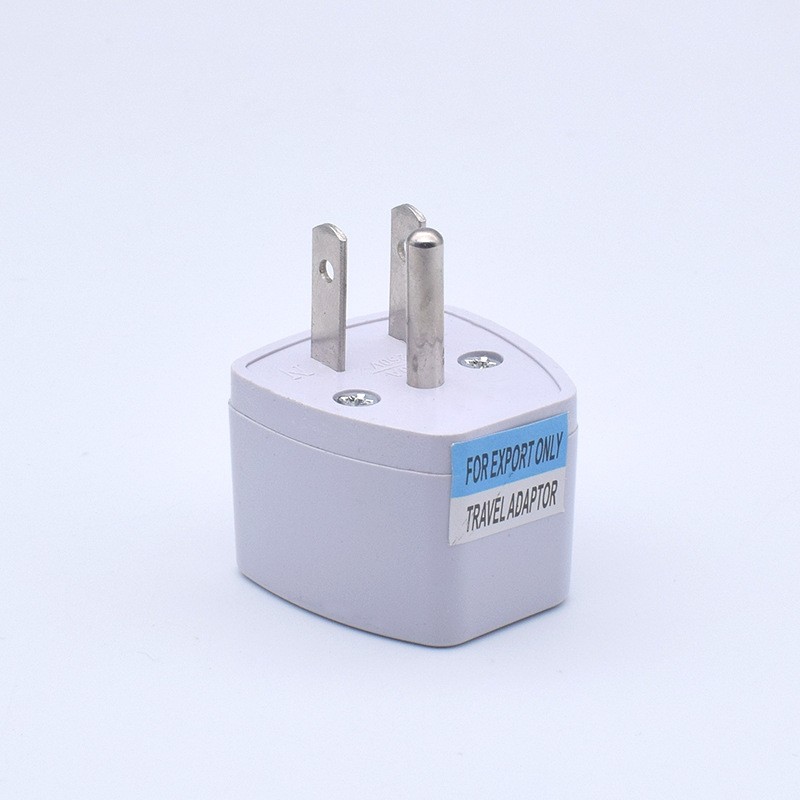


.webp)
.webp)






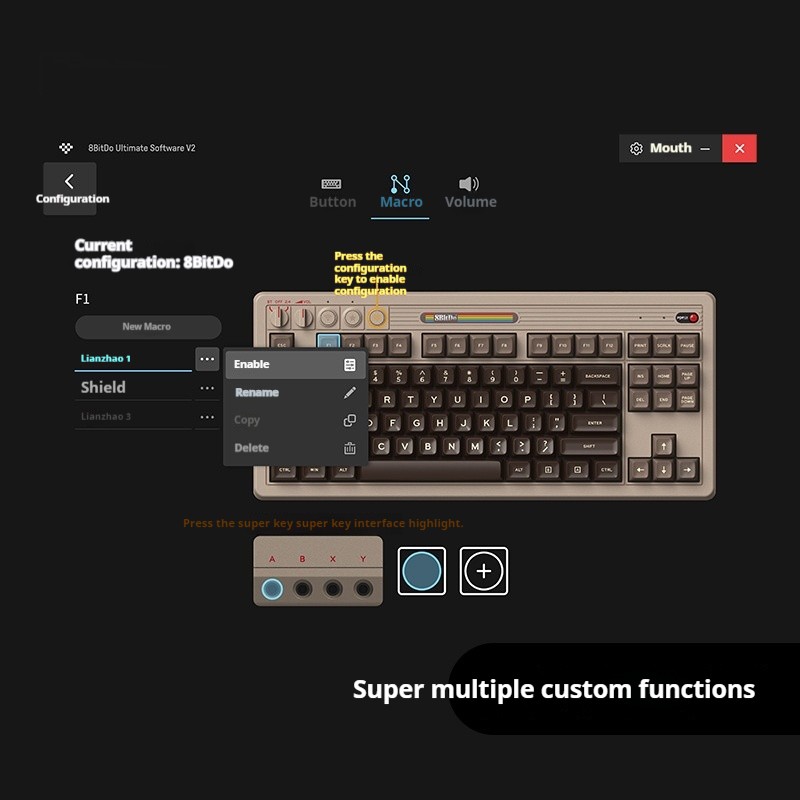





.jpg)









.jpg)





.jpeg)





.jpeg)



.jpeg)








.jpeg)



.jpeg)

.jpeg)

.jpeg)

.jpeg)




.jpeg)
.jpg)

.jpeg)






.jpeg)
.jpeg)




.jpeg)





.jpeg)


.jpeg)

.jpeg)

.jpeg)

.jpeg)







.jpeg)
.jpeg)
.jpeg)





.jpeg)



.jpeg)






.jpg)
.jpeg)









.jpg)


ulva-Logo.jpg)




.jpeg)



.png)












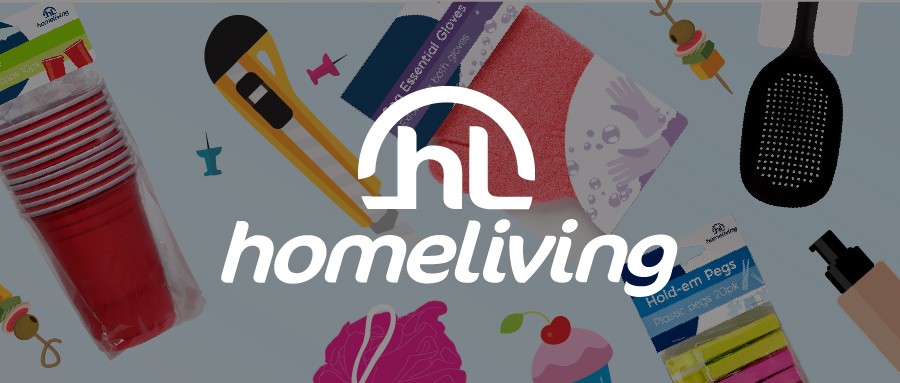


.png)





